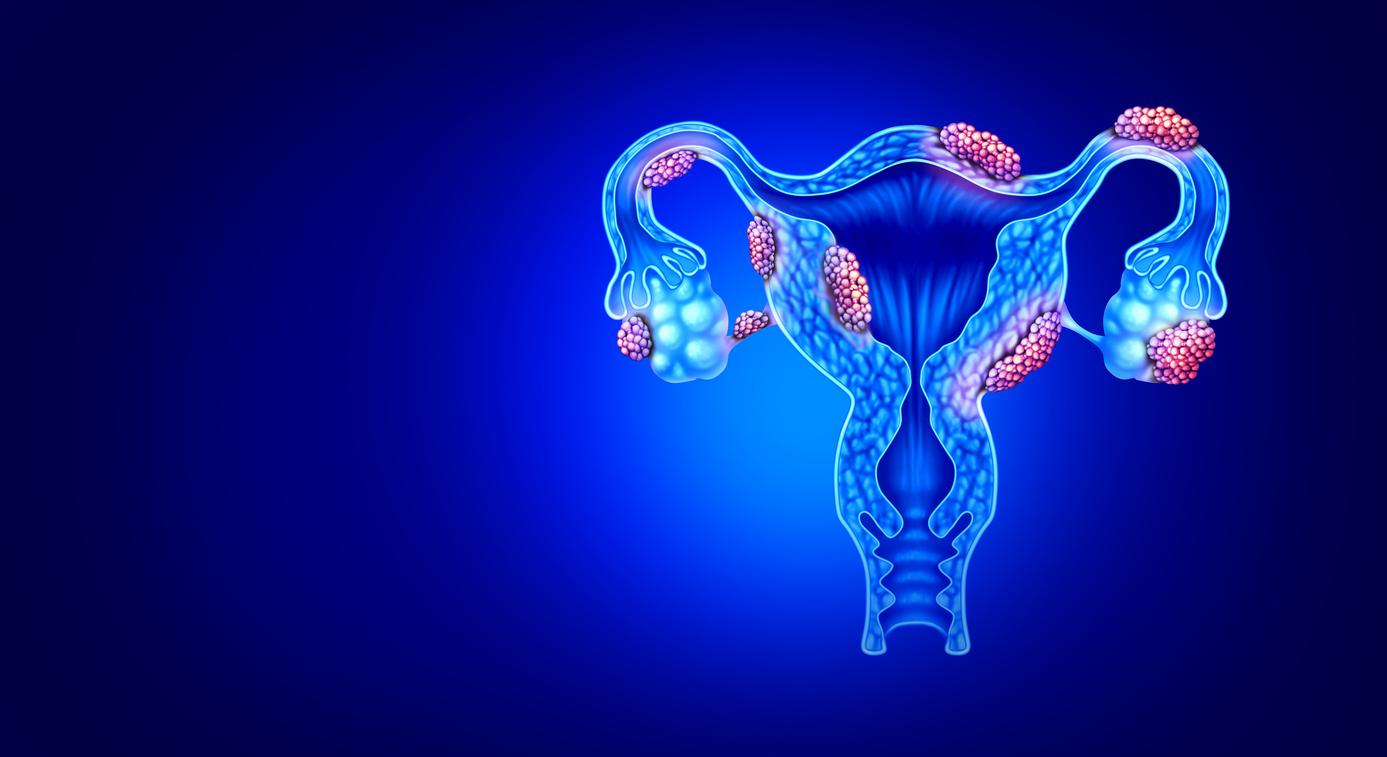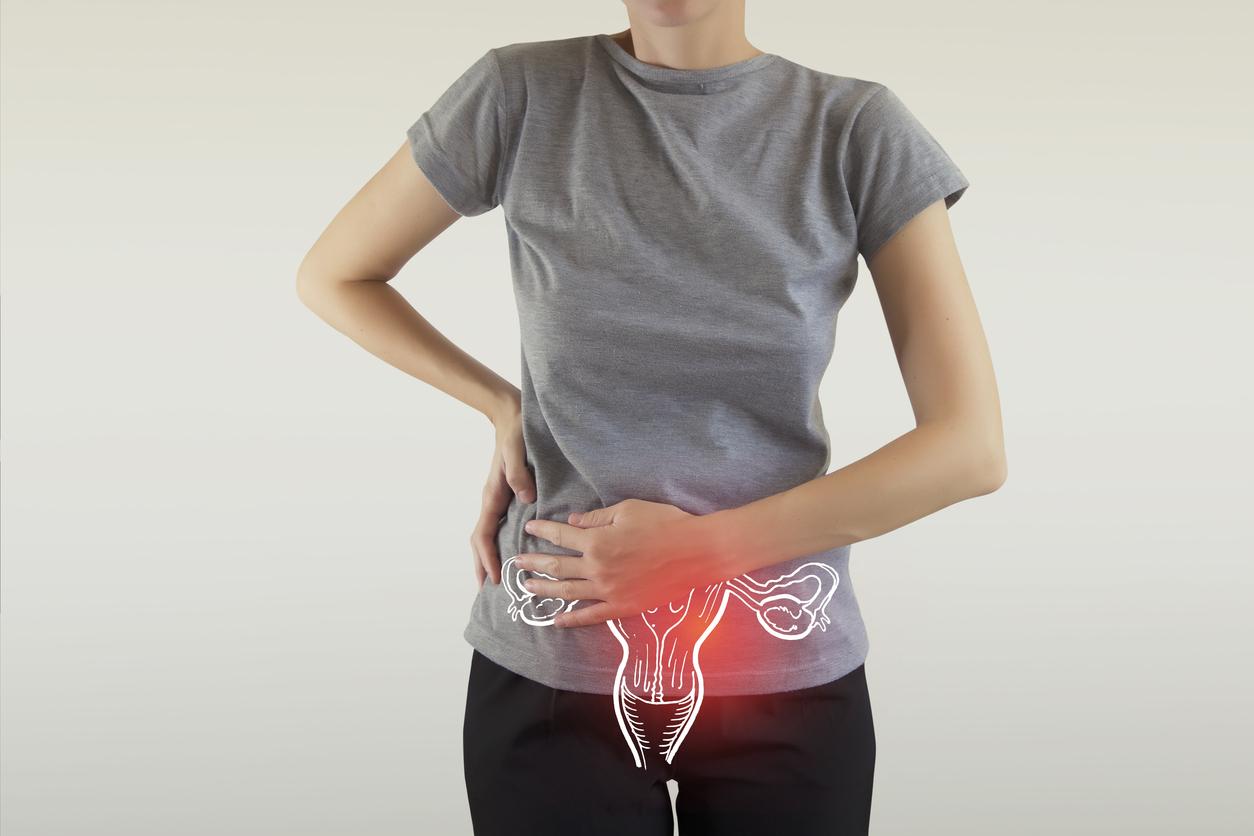Researchers have succeeded in producing an analgesic with the ability to reduce pain without addiction or adverse effects. This new drug is a promising discovery.

- 92% of French people have suffered from short or long-term pain during the year (CSA survey for Sanofi, September 2014).
- In adults, pain management is generally based on analgesics, drugs ranging from paracetamol to morphine derivatives, including codeine. In case of pain, it is not recommended to take analgesics for more than five days without medical advice.
- Taking painkillers is often accompanied by undesirable side effects, such as nausea, drowsiness or constipation, especially for the most powerful drugs.
Soon a revolution in pain management? That’s what thehe conclusions of a recent British study published in the journal NatureCommunications can bring hope. Researchers at the University of Warwick have succeeded in producing a new pain medicine, a non-opioid analgesic, composed of BnOCPA (benzyloxy-cyclopentyladenosine), which is said to be very effective. The big plus: the risk of side effects and addiction is very low.
A drug with a more selective and powerful action
The drug has a very selective action, unlike those that act through proteins on the surface of cells. These activate molecules called G proteins: this is what can cause undesirable effects. And it is precisely in this aspect that BnOCPA stands out: it activates only one type of G protein. As a result, the risk of side effects is reduced. This drug could replace many painkillers currently on the market.
Dr Mark Wall, from the School of Life Sciences at the University of Warwick, who conducted the study, has high hopes for this discovery: “The selectivity and potency of BnOCPA makes it truly unique and we hope that with further research it will be possible to generate powerful analgesics to help patients cope with chronic pain.”
Do not always bet on painkillers!
There are many alternatives to taking medication to relieve pain. By heat or cold, by physical manipulations (physiotherapy or osteopathy, among others) or massage techniques, thanks to the follow-up of cognitive and behavioral therapies or by neurostimulation, or even more simply by the practice of a physical activity … It all depends on the intensity and location of the pain.
However, of course, when the pain is disabling, persistent or alters the quality of life, an appointment with your doctor is essential.















